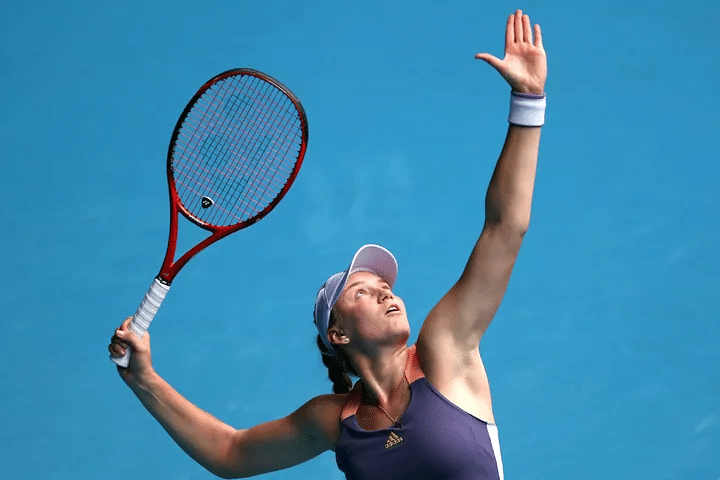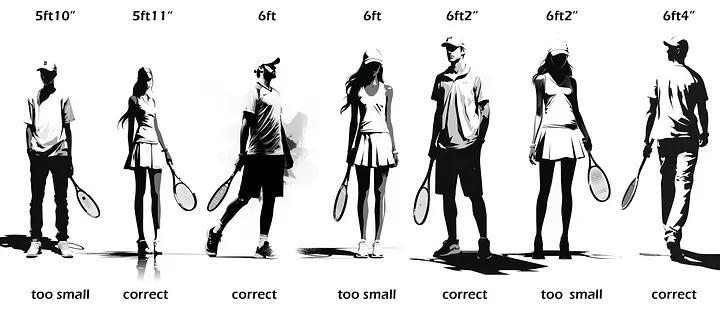In one survey of almost 1000 tennis players who had played for 10 years, 41% had experienced tennis elbow. In another survey of 3000 players [ Priest et al 1980] 31% had had it and 41% of these currently had pain. Now I guess it is my turn. Within 6 months of starting regular tennis I have regular elbow pain, made worse by intense tennis.
Now the biggest clue to tennis elbow comes from this study:
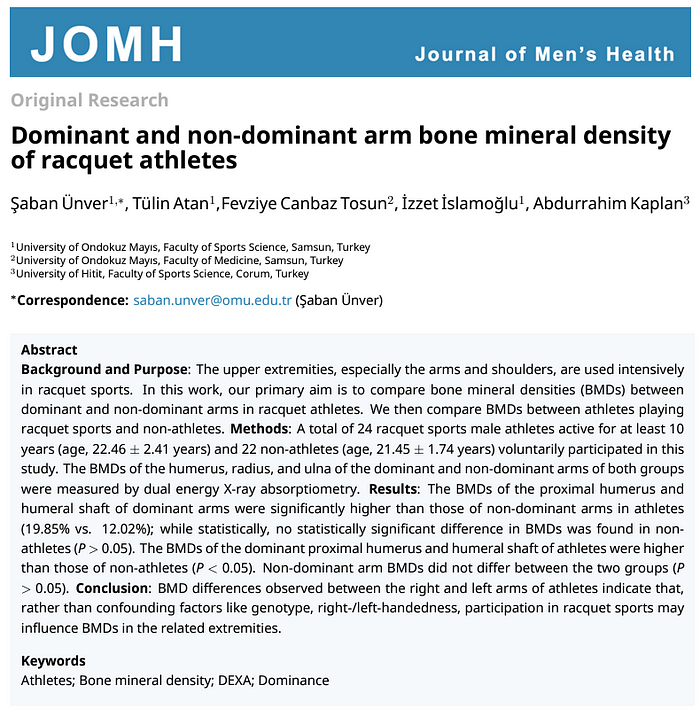
Using dual-energy X-ray absorptiometry in 24 racquet sports athletes (active for at least 10 years) Unver found bone mineral density of the humerus, radius and ulna of the dominant arms were significantly higher than those of non-dominant arms (19.85%vs. 12.02%). So?
What is lateral epicondylitis?
Using this study, it has taken me a while, but I finally understand tennis elbow (lateral epicondyliti) sand it is ludicrously simple.
Tennis elbow is bone pain at the point where you are stressing the bone most (that is by building up the muscles of the wrist which insert onto the lateral epicondyle they are stressing the bone)
Does that mean tennis elbow can be a normal part of tennis? Yes! 40–50% get tennis elbow so it is not rare or even unusual. The number one predictor of tennis elbow is big hours on the court (ie excessive play relative to your background or 8 hours per week on average) [Kitai et al 1986]. Tennis elbow is 5x more common in those playing everyday vs those playing once a month.
OK, but why does excessive muscle use cause bone pain? Its because your bone has to adapt to the strain or force of the exercise long term. Under exercise conditions the bone remodels to around 10-25% higher density [Warden etal. 2007]. Kontulainen et al. found structural adaptation of the humeral shaft to long-term loading is due to periosteal reaction causing enlargement of the bone cortex; and, this adaptation is better in young starters than in older individuals. Mechanical loading may be the dominant factor affecting bone mineral acquisition throughout life.
How? Osteocytes, i.e., cells embedded in the bone matrix sense the mechanical loads via interconnected channels known as the lacunocanalicular system. It begins with the deformation of the bone matrix due to mechanical loading subjecting osteocytes to shear stress and fluid drag forces. Mechanosensitive structures on the osteocyte cell membrane, such as primary cilia, integrins, and ion channels, act as sensors that detect these mechanical stimuli. They convert this into a chemical signal involving nitric oxide (NO), prostaglandins, adenosine triphosphate (ATP), and growth factors influencing nearby osteoblasts and osteoclasts, the cells responsible for bone formation and resorption, respectively.
Wait I thought tennis elbow was injury to the tendon?
OK, in some cases tennis elbow is a sudden acute (shearing) condition with rupture to UCL complex consists of an anterior oblique ligament (AOL), posterior oblique ligament (POL) and a transverse band but this is rare. in some case there is specific nerve damage (Ulnar neuritis) but this too is rare. Far more common, tennis elbow is a chronic condition which comes on slowly, and is highly correlated with ongoing overuse of the wrist extensors.
OK but if its an adaptation problem why aren’t more kids affected?
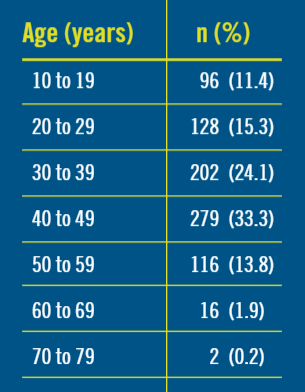
Good question, thats because bone is a little softer and remodels really fast in kids so is much less common in early starters. And the elderly are usually already adapted and not increasing their hours on court dramatically! No, the main group is middle-aged late adopters or early retirees who suddenly have hours to burn on the court.
Should I change my Racket or Strings?
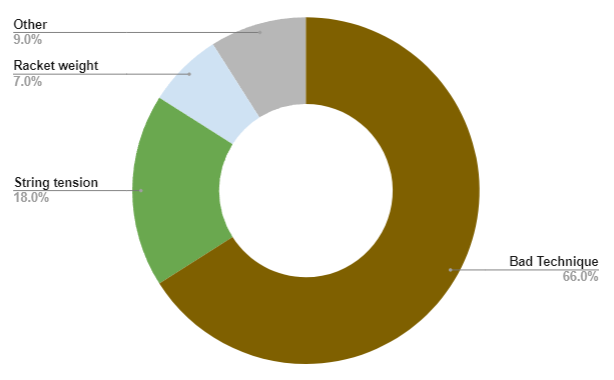
Whilst it is highly unlikely your tennis elbow is directly caused by bad technique (see chart) or your racket or your strings, using a lighter racket and softer (non-poly) string setup is sensible. However the fundamental treatment is slow adaptation of the muscle+tendon+bone (see below).
Should I modify my Game?
If you have tennis elbow right now, then, temporarily, yes, ease up on those big backhands, and especially overreaching on your backhand side. In his survey of players, Priest said this was helpful. However you cannot handicap yourself forever, and likely you will forget this advice in the middle of a match right?!
If you are starting tennis especially if not in your junior years, do not be in too much of a rush to use a “pro spec” aka 320g racket or even a normal 58g tennis ball. I would advise to use a 50g dot training ball for a few months. Your elbow will thank you!
So what is the Answer?
Let us start with prevention. Build up your tennis slowly by no more than one additional hour per week. If you have normal aches and pains thats fine, but if they don’t settle quickly, take more rest days (or weeks) until pain free before resuming.
And treatment? Start by easing up on your playing hours by around 50%. And play easy games for a while. Then build up really slowly (eg take at least every other day off) and take one week totally off every four weeks. On rest days build up your arm muscles on both sides gently using light weights. That’s it. That the answer, it really is that simple.
…………What about:
Nonsteroidal anti-inflammatory drugs (NSAIDs) ok try them:
Arm braces? This tool takes tension off of tendons and muscles they will help a little but only use short term
Physiotherapy? Sure if you cannot do the above yourself.
Massage? Acupuncture? Steroid injections? Platelet-rich plasma (PRP) therapy? shock wave therapy?
I wouldn’t waste your money, but you can if you want.
Citations
Kitai et al. Annales de Chirurgie de la Main Volume 5, Issue 2, 1986, 113–121
Warden etal. J Bone Miner Res . 2007 Feb;22(2):251–9
Priest et al. A Study of Players With Pain, The Physician and Sportsmedicine, 1980 8:5, 77–85
Kontulainen et al . Effect of long-term impact-loading on mass, size, and estimated strength of humerus and radius of female racquet-sports players: a peripheral quantitative computed tomography study between young and old starters and controls. Journal of Bone and Mineral Research. 2003;18:352–359.
Unver et al. Dominant and non-dominant arm bone mineral density of racquet athletes j Mens Health 2021 vol.17(2),142–147


